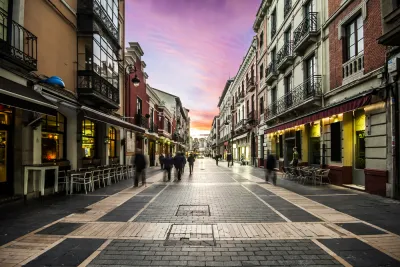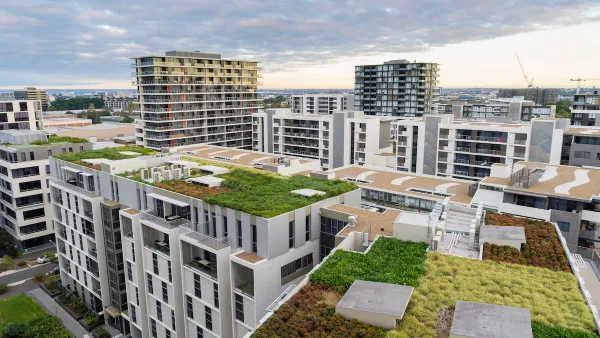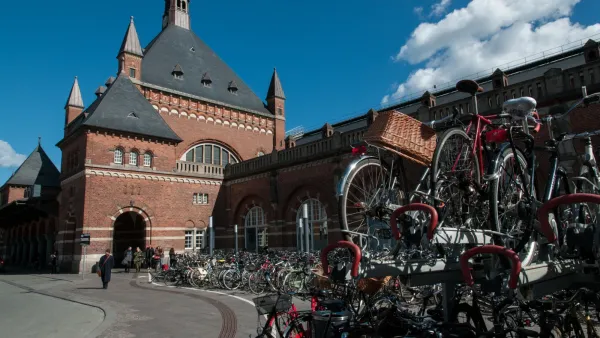Density and diversity—where boundaries between spaces and uses are lessened—create more vibrant, livable places and more functional cities.

In the new book Soft City, David Sim, creative director at Gehl, looks at how cities can foster relationships between physical spaces and the people in them. One way to achieve this, says Sim, is developing "layered" buildings where a variety of uses happen in close proximity, the boundaries are minimal, and the spaces encourage vibrancy and interactions.
"Good cities, from Sim’s perspective, are ones that make these connections possible. They can look different and exist in different contexts, but they share an overarching and essential quality, which Sim calls 'softness'—a stark contrast to the rhetoric of 'grind' and 'harshness' that’s often applied to urban life," writes Eillie Anzilotti.
Sim points out that design strategies for softness are varied and, in general, are not costly or dependent on technology. Wider sidewalks, courtyards, and street-level retail are all ways to activate and connect streets and buildings, notes Anzilotti. "And creating multiple entrances into a building, Sim says, perforates the boundary between the streetscape and what happens inside buildings so the lived experience of a person becomes one in which the whole city feels more accessible and connected, and much softer."
FULL STORY: Do you live in a ‘soft city’? Here’s why you probably want to

National Parks Layoffs Will Cause Communities to Lose Billions
Thousands of essential park workers were laid off this week, just before the busy spring break season.

Retro-silient?: America’s First “Eco-burb,” The Woodlands Turns 50
A master-planned community north of Houston offers lessons on green infrastructure and resilient design, but falls short of its founder’s lofty affordability and walkability goals.

Delivering for America Plan Will Downgrade Mail Service in at Least 49.5 Percent of Zip Codes
Republican and Democrat lawmakers criticize the plan for its disproportionate negative impact on rural communities.

Test News Post 1
This is a summary

Test News Headline 46
Test for the image on the front page.

Balancing Bombs and Butterflies: How the National Guard Protects a Rare Species
The National Guard at Fort Indiantown Gap uses GIS technology and land management strategies to balance military training with conservation efforts, ensuring the survival of the rare eastern regal fritillary butterfly.
Urban Design for Planners 1: Software Tools
This six-course series explores essential urban design concepts using open source software and equips planners with the tools they need to participate fully in the urban design process.
Planning for Universal Design
Learn the tools for implementing Universal Design in planning regulations.
EMC Planning Group, Inc.
Planetizen
Planetizen
Mpact (formerly Rail~Volution)
Great Falls Development Authority, Inc.
HUDs Office of Policy Development and Research
NYU Wagner Graduate School of Public Service




























